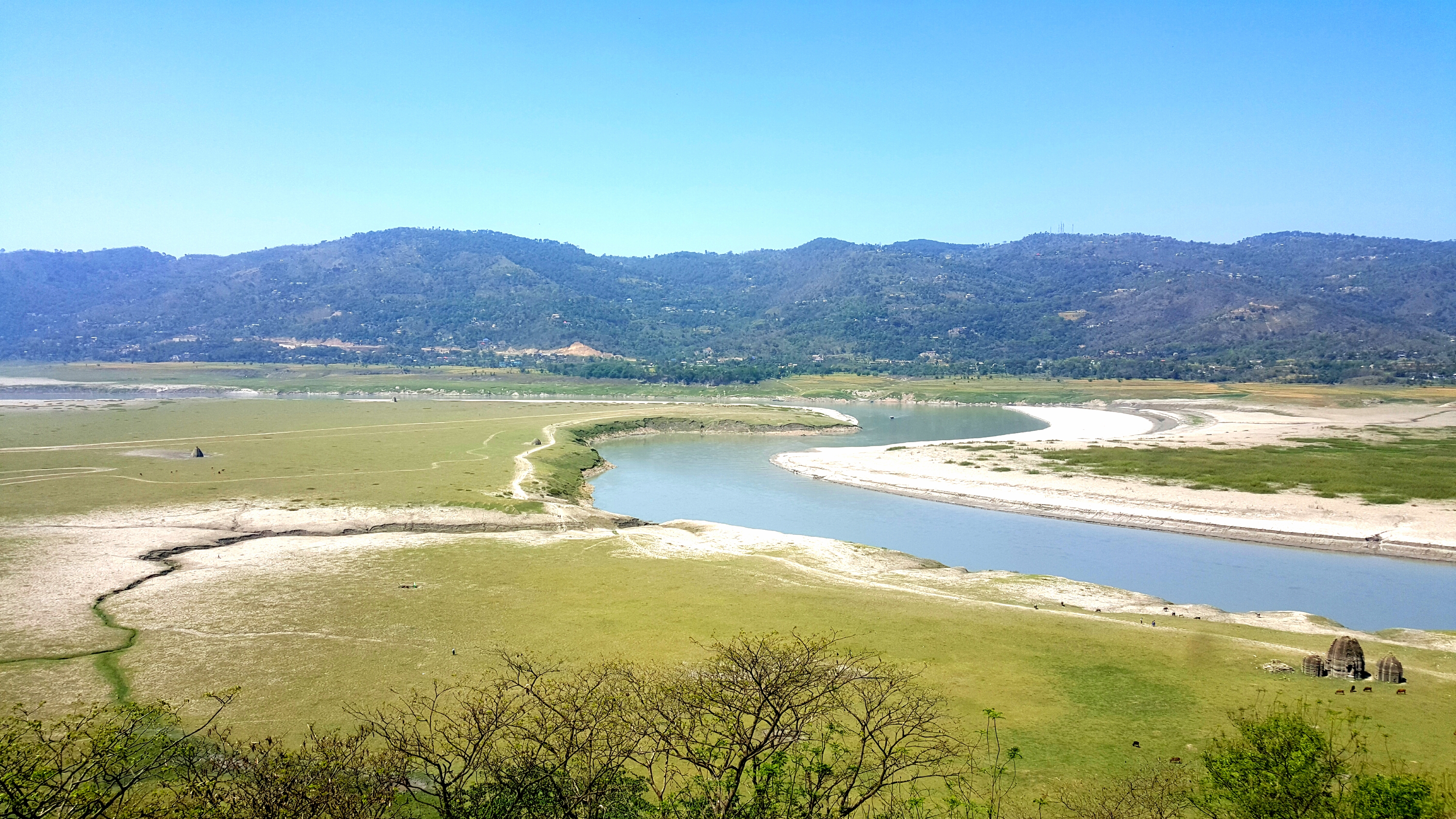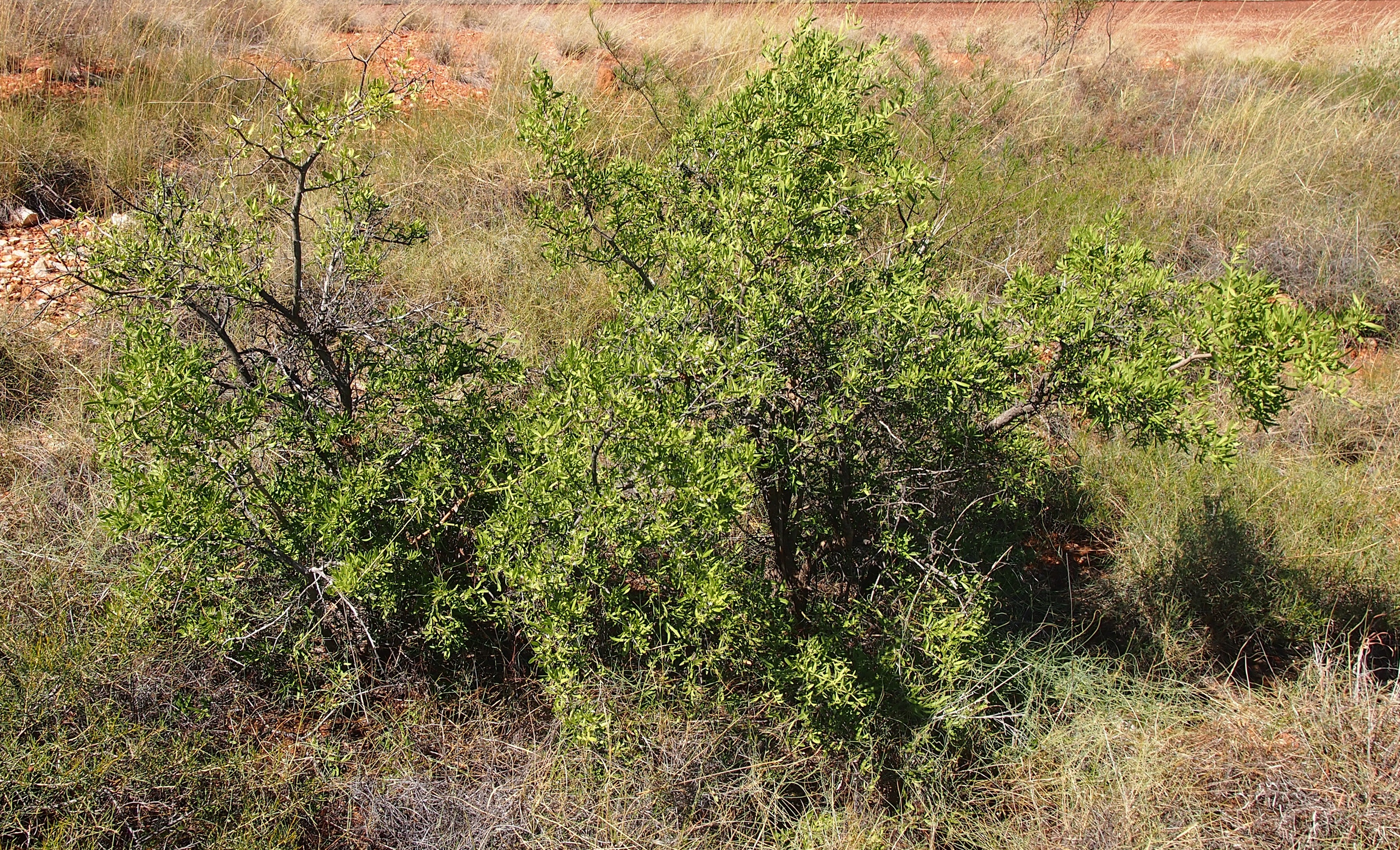The Ratanpur Fort stands as a profound testament to the historical richness of Chhattisgarh, embodying centuries of cultural and political transformation. Nestled in the Bilaspur district, this architectural marvel represents the legacy of the Kalachuri dynasty, which transformed this region into a powerful kingdom during medieval India. The fort's strategic location and complex history reveal layers of political intrigue, architectural brilliance, and cultural evolution that shaped the region's narrative.
The Kalachuri rulers, particularly Ratnadeva I, established Ratanpur as their capital, transforming it from a modest settlement to a significant political center. Archaeological evidence, including the renowned Ratanpur inscription of Jajjaladeva I, provides intricate details about the kingdom's progression, its rulers, and the socio-political dynamics that characterized this era. The inscription offers scholars and historians invaluable insights into the administrative structures, territorial expansions, and cultural achievements of the Kalachuri regime.
Architecturally, the fort represents a sophisticated blend of local building techniques and strategic military design. The stone walls, intricate gates like the Singh Dwar and Ganesh Dwar, and remnant structures showcase the engineering prowess of medieval builders. These architectural elements not only served defensive purposes but also demonstrated the aesthetic sensibilities of the Kalachuri craftsmen. The fort's design integrated practical military requirements with aesthetic considerations, reflecting the cultural sophistication of its creators.
Local legends intertwine with historical narratives, adding mythological dimensions to the fort's legacy. The famous tale of Krishna's visit to Raja Mayurdhwaj's court exemplifies how mythological accounts become integral to understanding regional histories. Such stories transcend mere historical documentation, offering glimpses into the moral and spiritual frameworks that guided medieval societies. These narratives provide context beyond physical structures, revealing the complex social and philosophical landscapes of the time.
Political transitions marked the fort's journey through different ruling dynasties. After the Kalachuris, the Haihaya Kings expanded their influence, followed by the kingdom's division and eventual control by the Bhonsle Maharaja of Nagpur. The British colonial period further transformed the region's administrative landscape, eventually leading to the fort's inclusion in the Central Provinces. These transitions reflect the dynamic political metamorphosis of central Indian territories.
The fort's spiritual significance is equally profound, housing important temples like the Jagganath Temple and Lakshminarayan Temple. These religious structures represent more than architectural achievements; they embody the spiritual and cultural continuity of the region. The temples serve as living repositories of local religious traditions, maintaining connections between contemporary communities and their ancestral heritage.
In contemporary times, Ratanpur Fort represents a critical heritage site, gradually being preserved and restored to protect its historical significance. Located approximately 25 kilometers from Bilaspur, the fort attracts historians, archaeologists, and cultural enthusiasts. Despite the challenges of time and neglect, the site continues to offer visitors a tangible connection to Chhattisgarh's rich historical tapestry, inviting exploration and understanding of a complex, multilayered past.
The fort's enduring legacy lies not just in its physical structures but in its ability to narrate stories of power, culture, and resilience. From the Kalachuri dynasty's political strategies to the architectural innovations, from mythological encounters to colonial transitions, Ratanpur Fort encapsulates a microcosm of Indian historical experience. It stands as a silent witness to the region's transformation, inviting contemporary observers to reflect on the continuous thread of human experience that connects past and present.







